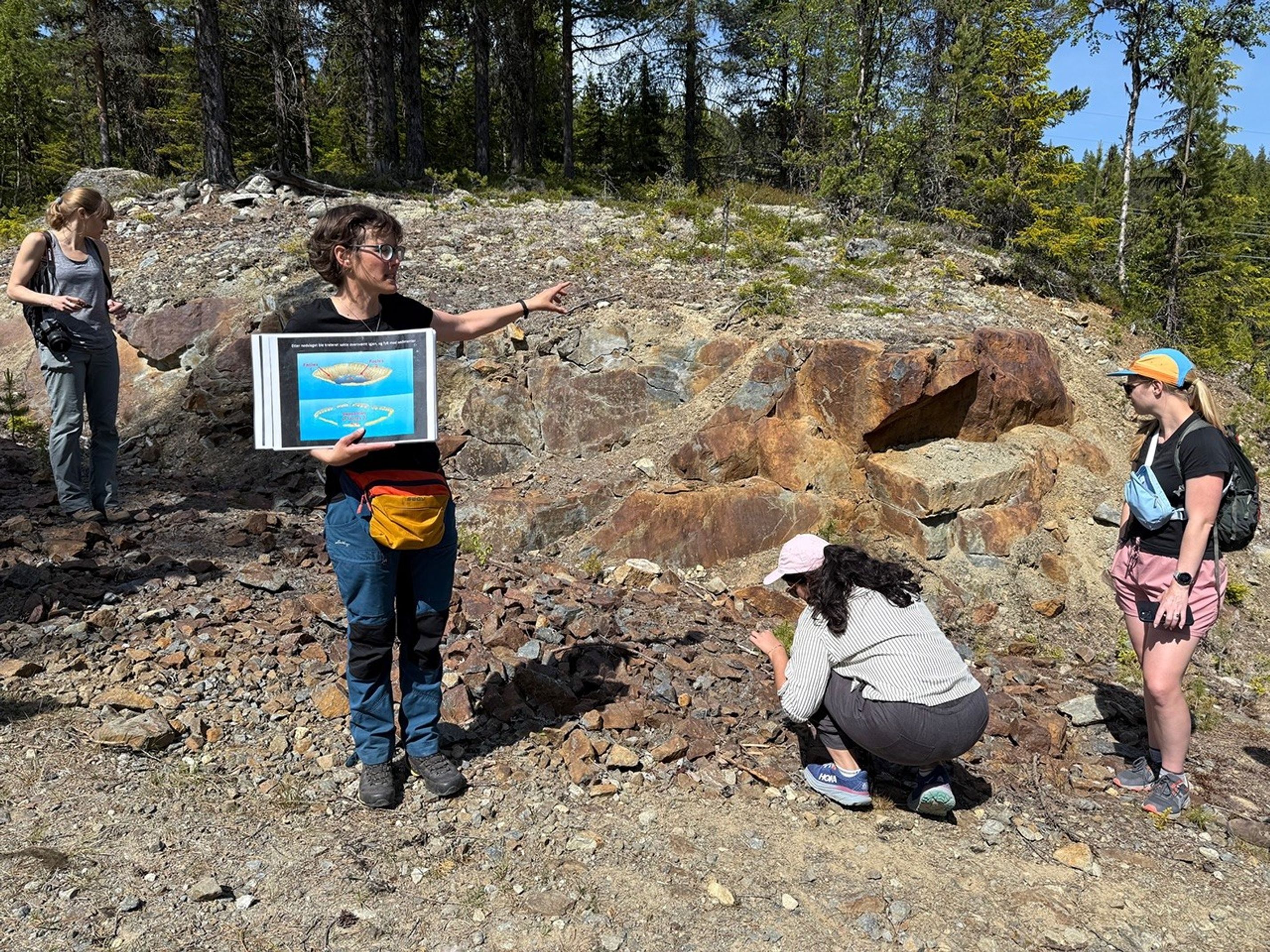Yesterday I was Geology/Mineralogy Science Theme Lead for the first time in months, so I was a bit rusty.
Yesterday I was Geology/Mineralogy Science Theme Lead for the first time in months, so I was a bit rusty. We tried to fit some MAHLI imaging into the plan, along with overnight CheMin analysis of the Cumberland drill sample, but didn't have enough power. However, we were able to plan a high-priority ChemCam observation of the drill tailings during the day (when warm) and early the next morning (when cold), to look for changes in hydrogen due to daily absorption/desorption of water vapor. The early morning ChemCam observation required pointing the instrument at the target the previous evening, to avoid having to heat and move the remote sensing mast at night.
Written by Ken Herkenhoff, Planetary Geologist at USGS Astrogeology Science Center





























